This site-specific installation was crafted by Katie Waddell for Scenario II: Let’s get this thing going, a group exhibition at ACRE Projects.
The installation is the first iteration of new work generated by the Templehead Living Archive, and is intended to be the project’s material debut, coinciding with the launch of the website.
The textiles and other Templehead objects in the installation remain mostly unaltered from their original form. The artist made some repairs, fitted them to the allotted space, and, per the rules of Templehead Living Archive participation, and added a little of her own flair. By turning ACRE’s book nook into a Templehead microcosm, Waddell invokes her one-time experience of Templehead for the viewer. “The objects here,” says Waddell, “are material memories—rent from their original context and adulterated with my own aesthetic sensibilities and personal effects.”



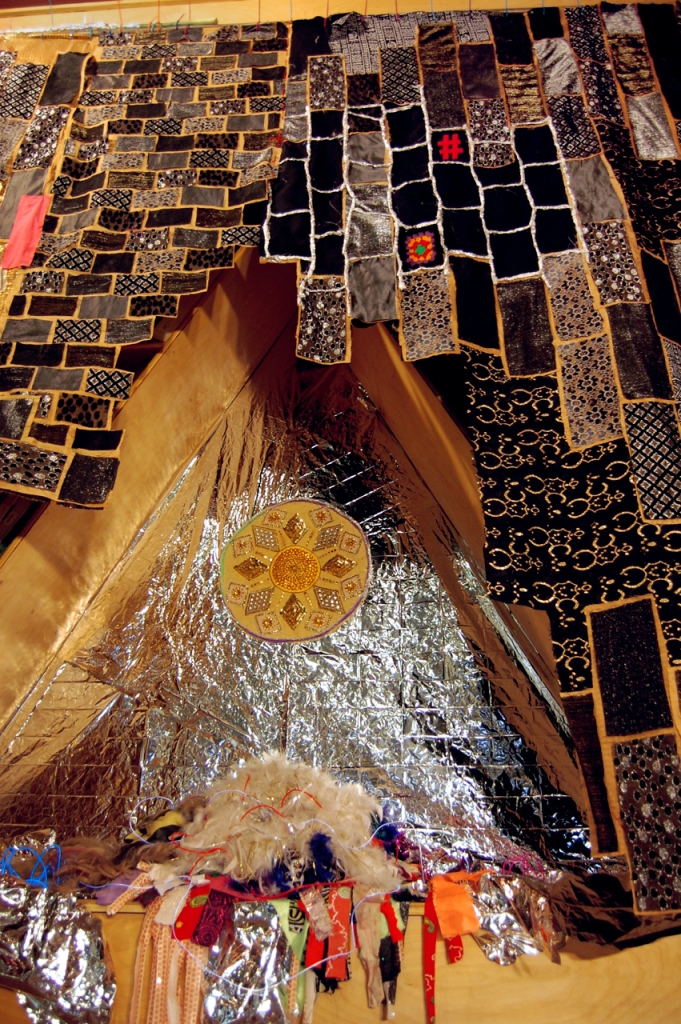






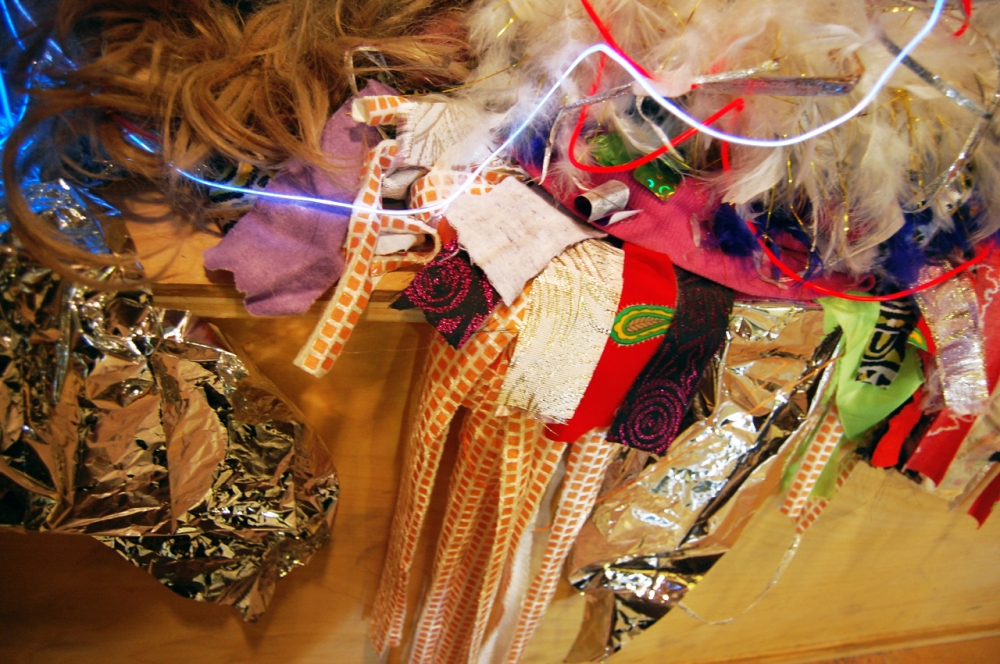



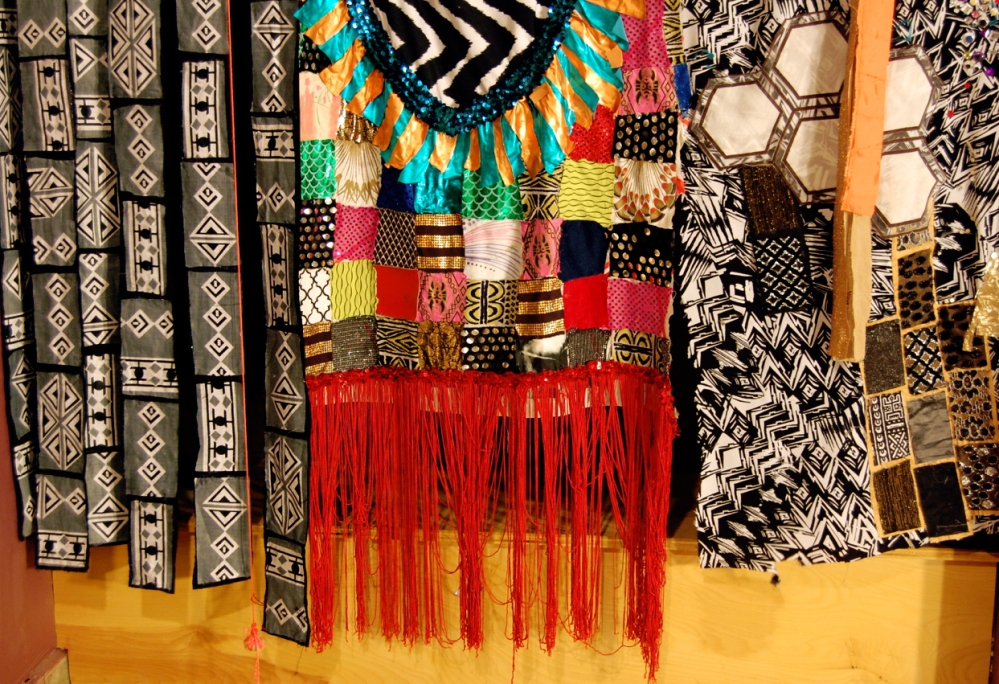









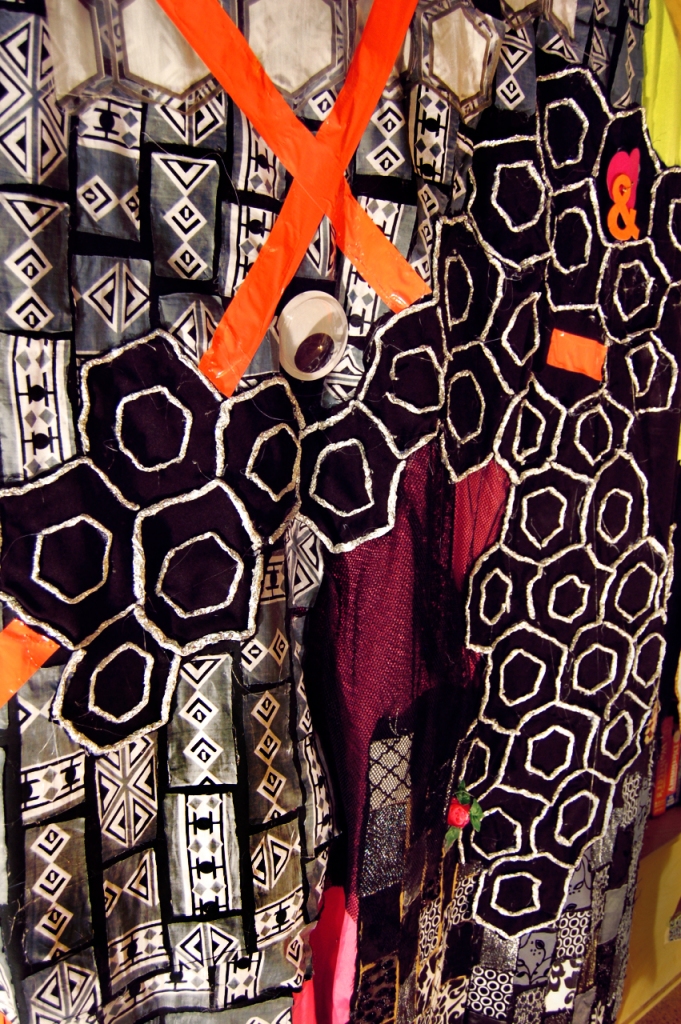


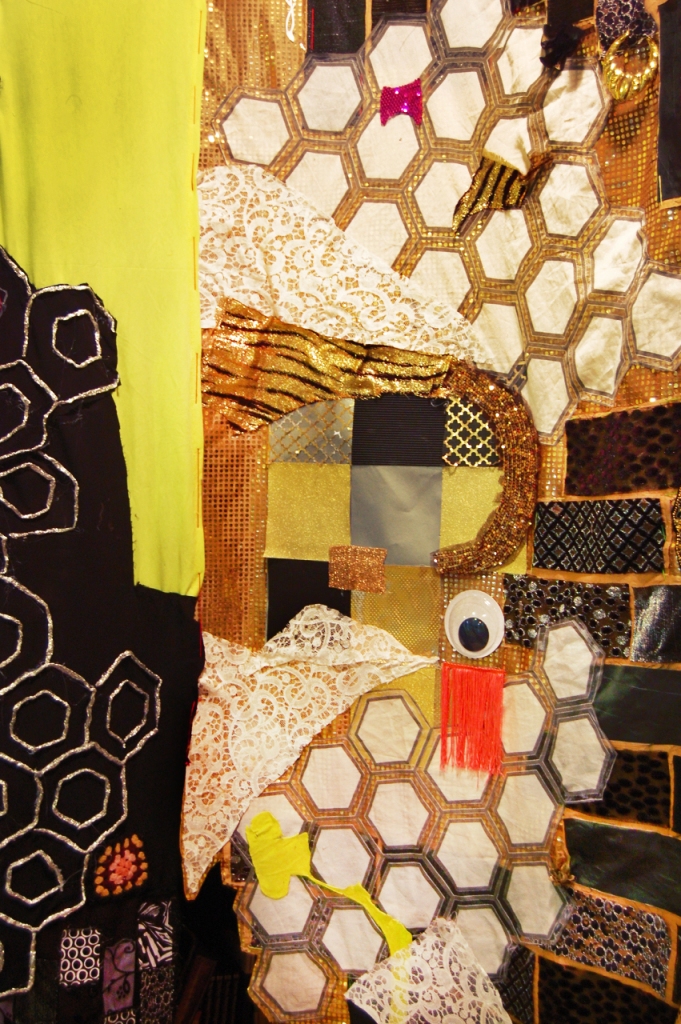




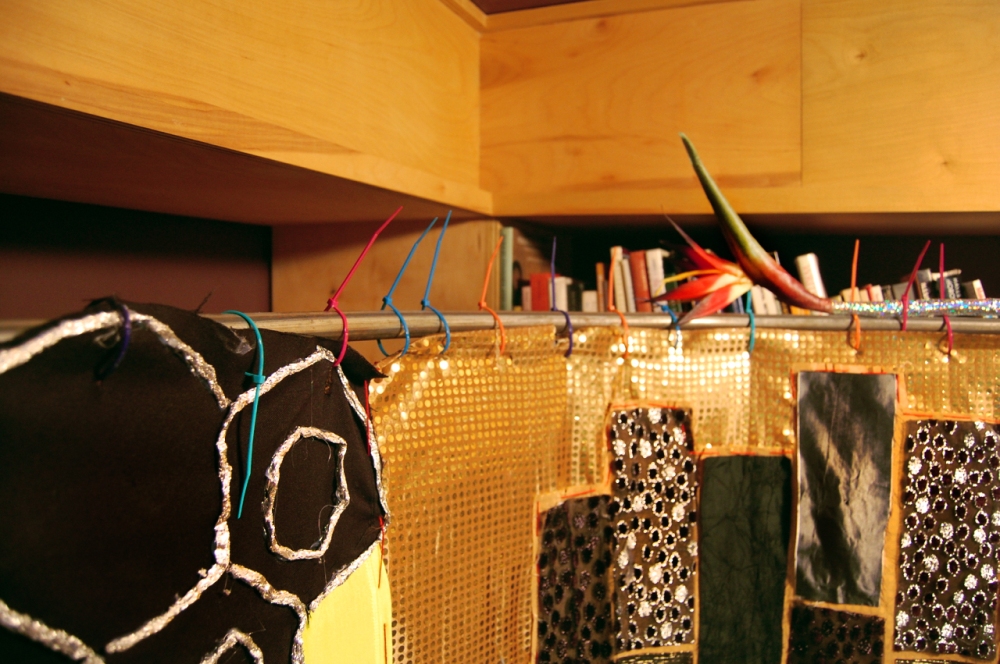
Scenario II: Let’s get this thing going featured new works by JP Merz, Gonzalo Reyes Rodriguez, Jordan Rosenow, Dain Mergenthaler, Katie Waddell, Shana Hoehn, Alee Peoples & Mike Stoltz, and was curated by Danny Floyd
In the precursor to this show, I told a story about witnessing an explosion off the top of an old silo building near my house. Startled by the blast, my roommate and I looked out of our back door and watched the smoke billow and the neighbors lean out their back porches to shout and point. My first thought was that I had assumed the silo was abandoned, so how could it blow up? Was anyone inside? We watched helicopters descent onto the scene, circling the building low and close to the roof. Cranes began to rise near the east wall. But as no sign of rescue work appeared, and the smoke drifted and dissipated on on past the nearby highway, we began to see it for what it was, a movie shoot, an elaborate scenario.
hiAside from its role in the plot of what we found out was Michael Bay’s Transformers 4, the explosion created another drama, that of the work and emotion for the real participants and spectators. I have since thought a great deal about those helicopter pilots and crane operators; there was never another explosion, so they only had one chance to get it right. They were performers in the movie as much as the actors, except they quite s literally performed the scenery.
What we do with our bodies — our eyes, our ears, and our hands — is reciprocal with our surroundings. How we feel and what we think is in a relationship with where we are. We perform our environment, and it acts back on us. Scenarios, situations, plots, and histories are all the stories of agents activating their settings.
Curatorial Text by Danny Floyd